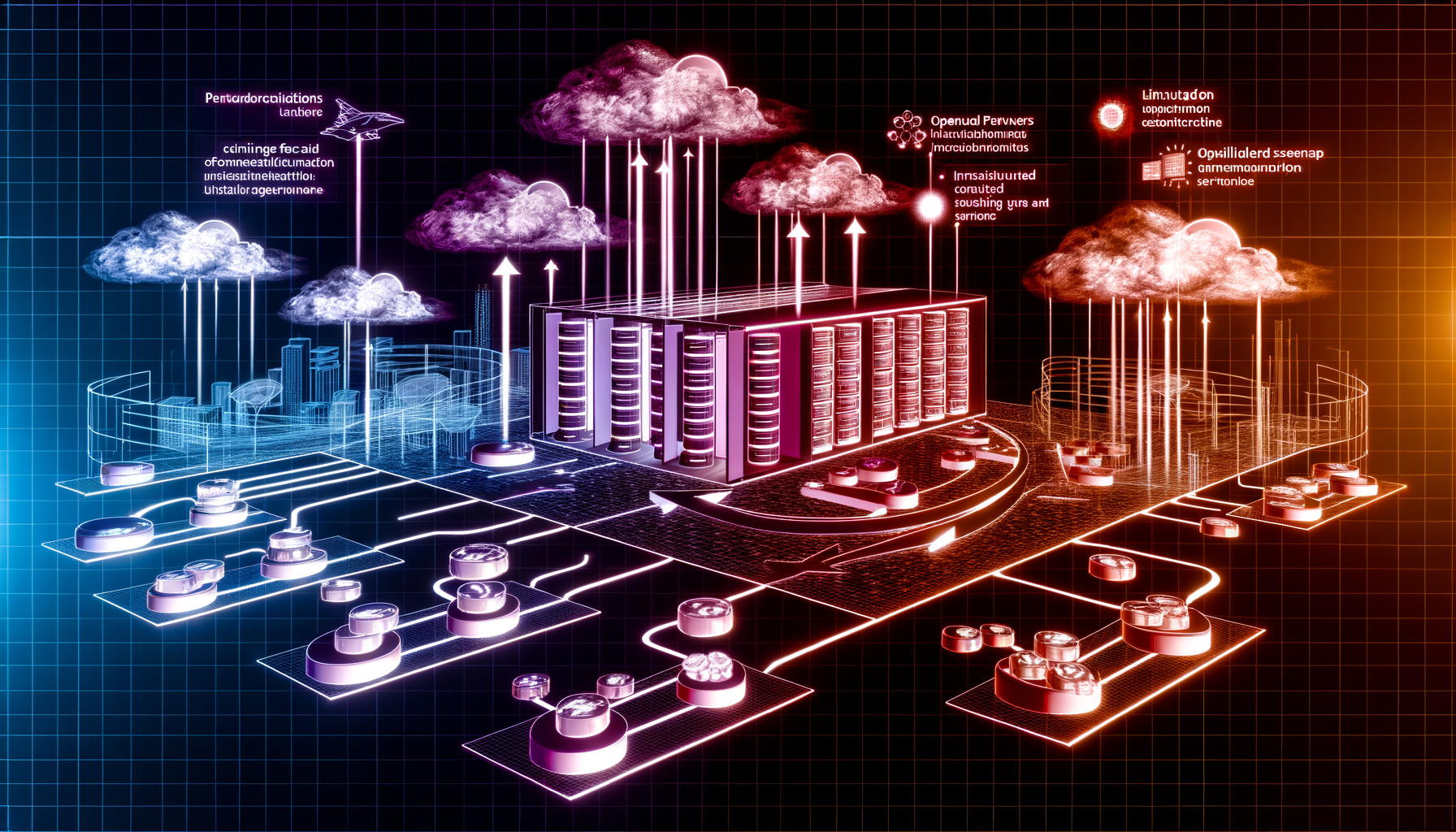Data Infrastructure Dominates IT Spending Trends for 2025
In a world where *data* has become the new oil, organizations are increasingly investing in their data infrastructure. As we look ahead to 2025, it’s clear that **data infrastructure** will dominate IT spending. This blog post dives deep into the trends shaping this landscape, focusing on containers, databases, infrastructure as code, Linux, microservices, networking, open source, and storage.
The Shift Towards Data-Centric Approaches
Businesses are realizing that to stay competitive, they need to make data-driven decisions. This shift has dramatically changed how IT budgets are allocated. According to recent studies, companies are expected to increase their IT spending on data infrastructure by over 30% by 2025.
But what does *data infrastructure* encompass? It includes everything necessary for managing, storing, and processing data efficiently. Key components of this infrastructure are:
- Containers: These are a way to package software so it runs quickly and reliably across different computing environments. Think of containers like the shipping containers you see on cargo ships – they standardize the process of moving goods, making it efficient.
- Databases: A database is like a digital filing cabinet where data is stored in an organized way. There are various types of databases (like SQL and NoSQL) catering to different needs.
- Infrastructure as Code (IaC): This modern approach allows system administrators to manage and provision technology stacks through code, making the whole process faster and more reliable.
- Microservices: Breaking applications into smaller components or microservices allows organizations to build, deploy, and scale applications more efficiently.
- Open Source: Many companies are turning to open-source solutions not only to reduce costs, but also to foster innovation and community collaboration.
- Networking and Storage: Reliable networking and efficient storage systems are essential in managing volumes of data in modern infrastructures.
Why Investing in Data Infrastructure Matters
When companies invest in their data infrastructure, they are not just spending money; they are making a strategic decision that impacts their entire operations. Here are a few reasons why this investment is crucial:
1. Enhanced Decision Making
With better data infrastructure, businesses can analyze data quickly and accurately, leading to better decisions. When data is organized and accessible, companies can uncover insights that drive growth.
2. Improved Efficiency
Investing in tools like **containers** and **microservices** allows organizations to automate processes, reducing manual work and improving efficiency. Teams can focus on strategic initiatives rather than mundane tasks.
3. Scalability
As businesses grow, their data needs evolve. A robust data infrastructure makes it easier to scale operations. With **infrastructure as code**, adjusting resources becomes a streamlined process, allowing companies to respond to changes swiftly.
4. Cost-Effectiveness
While investing in data infrastructure may seem costly, it often leads to significant savings in the long run. Open-source tools can lower software licensing costs, while efficient storage solutions can reduce overall data maintenance expenses.
Emerging Trends in Data Infrastructure
As we approach 2025, several trends are likely to shape the landscape of data infrastructure. Let’s take a look:
1. Cloud-Native Technologies
With the growing popularity of cloud computing, businesses are moving towards cloud-native technologies. This transition allows them to leverage *scalable resources* and maintain flexibility. Companies are downsizing their on-premise systems and opting for cloud solutions.
2. Artificial Intelligence and Machine Learning
Data infrastructure will increasingly incorporate AI and machine learning to automate tasks and enhance data analysis. These technologies can sift through volumes of data quickly, uncovering patterns and insights that would be impossible for humans to detect.
3. Increased Focus on Data Security
As data breaches become more common, investing in security measures as part of the data infrastructure is essential. Organizations will need robust solutions to protect sensitive information and comply with regulations.
Conclusion: The Road Ahead
The future of IT spending is clear: investing in data infrastructure is no longer an option, but a necessity. With the rapid pace of technological advancements and changing consumer demands, businesses must prioritize their **data strategies** to stay competitive.
Whether you are a startup or an established enterprise, this evolving landscape of containers, databases, microservices, and open-source solutions will dictate your success in the coming years. Embracing these technologies not only leads to better efficiency and decision-making but also positions your organization to adapt and thrive in this data-driven world.
As we step into 2025 and beyond, remember this: *“In the land of data, those who invest wisely will reap the greatest rewards.”* Don’t wait for change to happen—lead the way!


